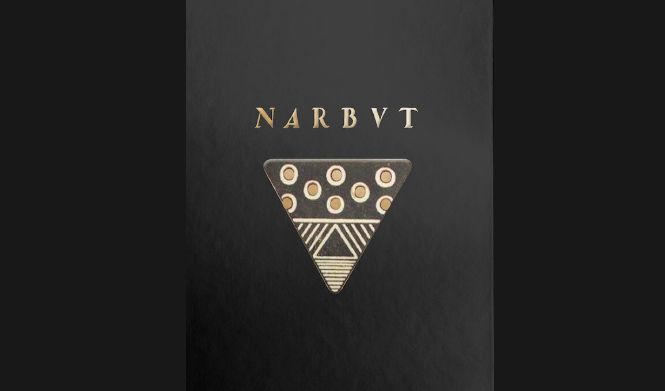
“I devise a code which can create sounds. Then I mix codes and manipulate their parameters in real time. I like to observe it – to let the music go and see how it develops. A conductor synchronizes an orchestra. Here I synchronize virtual instruments, each of which lives its own life.”The same alterations are performed by Yevhen on pictures. To understand where this modern art can be implemented, let's take a look at the projects the artist is most proud of.
To read your mind

“A person just sits and observes the movements of his thoughts,” says Yevhen.
Chornobyl 360
The project was dedicated to the Chornobyl tragedy. By the 30th anniversary of it a group of professionals launched a Kickstarter campaign. Chornobyl 360 is a multimedia virtual reality which lets users from all over the world take a tour in the so-called exclusion zone and feel the atmosphere in the dead zone. 15 professionals were involved in it. Yevhen was responsible for creating the audio atmosphere.“I worked on it for the whole year. I was told that sounds make up 70% of impressions on the audience of any film,” said Yevhen.The artist is involved in many other audio-visual projects, but his first steps in the field were taken as an electronic musician. He has worked in Ukraine since 2007. Yevhen has been invited to a number of international festivals. He has performed across Europe, and even in Japan. His first experimental album was released on a Chinese underground label. After the release he developed his art and included elements of harmony in his work. The music found its niche audience, and international magazines and labels started to notice Yevhen. Then he entered into cooperation with a respected Ukrainian label, Kvitnu (now based in Austria). While up till then he had been essentially on his own, the label offered real promotion for him. Still first it were international media which paid attention to the artist:
“After them, the Ukrainian media also noticed me. Maybe it happened because interest in innovative art appeared here.”

“Some directions of multimedia art are starting to appear in traditional universities. Usually they are integrated in other subjects. I was invited to lecture at a school of architecture, and was even invited to lead a course on technological parameters at the Kyiv Conservatory of Music. People there can learn electronic music now. But of course they should also learn all the other classical disciplines. Those who don't want to can go to numerous specialized schools focussing on electronic music.”The artist is sure that the environment in Ukraine has helped him find himself.
“I became who I am because I felt that this environment was missing something and I thought that I could create something.”

“Once I found a dictionary on cybernetics published in 1979 and edited by the academic Victor Hlushkov. Back then, that field of science was considered a pseudoscience. I started to read it and understood that this is a science of process management. I saw that it was similar to the things I was creating in virtual space with a computer. This dictionary helped me to explain things which I had achieved via practical experience.”The artist says Ukraine is now riding the wave of digital virtual art.
“In more technologically advanced countries, high-tech art is already different. In Europe, a direction is now developing where physical space is controlled by computer. For example, kinetic sculptures – they can revive when a person approaches it,” says the artist, adding that after Ukraine the wave of digital art will probably go to other countries where it is needed now.More of Yevhen's videos are available at his channel





